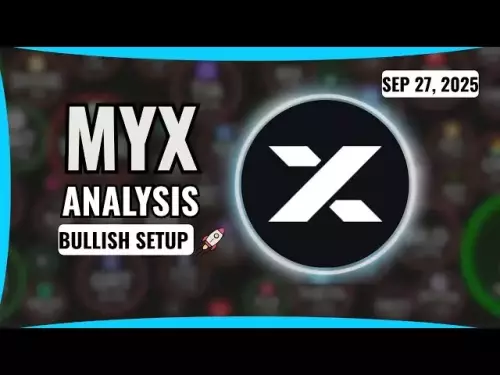 |
|
 |
|
 |
|
 |
|
 |
|
 |
|
 |
|
 |
|
 |
|
 |
|
 |
|
 |
|
 |
|
 |
|
 |
|
Cryptocurrency News Articles
Bitcoin Halving Impact Diminishes, Demand Drives Post-Halving Price Surge
Apr 13, 2024 at 07:27 pm
CryptoQuant analysts assert that halving events have a diminishing impact on Bitcoin's value, predicting a smaller effect post-halving. This is attributed to reduced issuance relative to sales by long-term holders, highlighting demand as the primary price driver. The upcoming halving will further reduce issuance, potentially pushing prices higher due to strong demand growth from large holders, which has been the main catalyst for recent BTC surges.

Bitcoin Halving's Impact: Diminishing Effect and Demand-Driven Price Post-Halving
CryptoQuant, a reputable crypto market analytics platform, has released a comprehensive report delving into the diminishing impact of Bitcoin halvings and the significant role of demand in driving Bitcoin's value post-halving.
According to the report, the reduction in new Bitcoin issuance, coupled with the increasing selling activity by long-term holders, has been diminishing the effect of halvings on Bitcoin's price. The issuance of Bitcoin has significantly declined in relation to the amount being sold by long-term holders, indicating that demand will be the primary catalyst for price movements following the upcoming halving.
Data from the report reveals that Bitcoin's monthly issuance has decreased to a mere 4% of the total available supply. This contrasts sharply with the 69%, 27%, and 10% of the available BTC supply that were issued before the first, second, and third halvings, respectively. In the past year, Bitcoin issuance has averaged approximately 28,000 BTC per month, while long-term holders have offloaded a staggering 417,000 BTC within the same period.
For the first time in history, demand from long-term Bitcoin holders has surpassed issuance, with this group of investors adding roughly 200,000 BTC to their balances on a monthly basis. This far exceeds the 28,000 BTC that is currently being issued.
Analysts at CryptoQuant have identified a correlation between long-term holder Bitcoin spending and the price cycle. Bitcoin typically reaches its bottom during periods of low long-term holder spending and peaks at times of extremely high spending relative to the total supply. At the time of writing, long-term holder spending is at relatively low levels.
Following the upcoming Bitcoin halving on April 20, the monthly issuance will decline further to approximately 14,000 BTC. This decline in issuance will place even greater emphasis on demand growth as the driving force for higher Bitcoin prices.
In previous halving cycles, the surge in Bitcoin demand from large holders and whales has fueled the post-halving price rallies. With the current demand growth hovering around 11% month-on-month, reaching its highest level ever, it is clear that this factor has been the primary impetus behind recent BTC surges.
CryptoQuant's insights are supported by the fact that Bitcoin recently reached a new all-time high in March, the first time it has done so prior to a halving. This rally was largely driven by surging demand for spot Bitcoin exchange-traded funds that were launched in January.
However, analysts also caution that selling pressure from OG BTC holders (those with coins aged 5+ years) is likely to increase following the halving. The report states, "Spending from OG Holders is currently at around 8% annualized and historically has been 1.1%, while current issuance (orange area) stands at 1.8% annualized and will drop to ~0.8% annualized after this month's halving."
In conclusion, CryptoQuant's analysis suggests that the upcoming Bitcoin halving will have a more muted impact on BTC's value compared to previous halving events. The diminishing effect of halvings and the growing importance of demand will shape Bitcoin's price trajectory post-halving. Long-term holder demand and the selling pressure from OG BTC holders will be key factors to monitor in the weeks following the halving.
Disclaimer:info@kdj.com
The information provided is not trading advice. kdj.com does not assume any responsibility for any investments made based on the information provided in this article. Cryptocurrencies are highly volatile and it is highly recommended that you invest with caution after thorough research!
If you believe that the content used on this website infringes your copyright, please contact us immediately (info@kdj.com) and we will delete it promptly.





























































